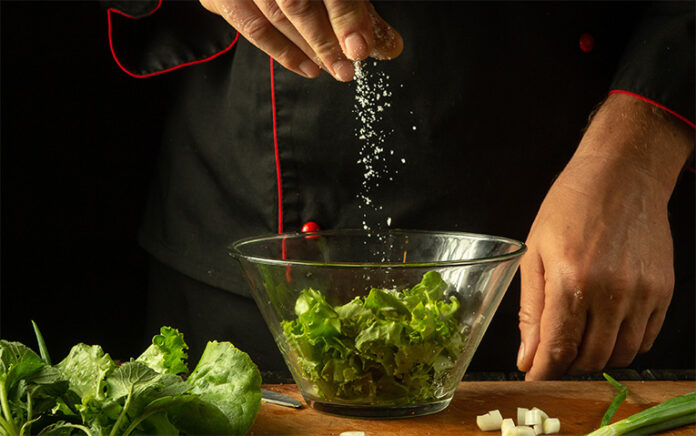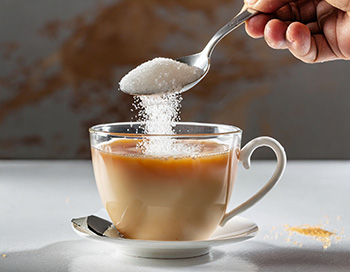Salt, such a seemingly mundane mineral, is an integral part of modern civilization and has applications that date back thousands of years. There is evidence of salt production in ancient civilizations throughout China, Egypt, and Rome. Some of the earliest known attempts to mine it occurred in seaside settlements where seawater was isolated and left to evaporate.
Beyond its practical uses, salt has captured our taste buds and exerted a profound influence on our food preferences. However, what began as a simple seasoning has evolved into a pervasive addiction that permeates modern society. Salt is now the favoured friend of virtually every fast food outlet, cannery and restaurant the world over.
In ancient times, however, salt was a scarce commodity, valued for its ability to preserve food and enhance flavours. Entire civilizations were built around salt production. The Roman Empire established salt routes and saltworks. Salt was even used as a form of currency, exemplifying its significance in human culture.
Our bodies require a certain amount of sodium for various physiological functions. Salt, composed mainly of sodium chloride, plays a crucial role in maintaining fluid balance, transmitting nerve impulses, and supporting muscle contractions.
Excessive salt use
However, excessive salt consumption can lead to adverse health effects which is why its use is ruled out in a daily optimal health, whole food plant-based diet.
The addictive nature of salt stems from its impact on the brain’s reward system. When consumed, salt triggers the release of dopamine—a neurotransmitter associated with pleasure and reward—creating a pleasurable sensation. Over time, the brain becomes conditioned to seek out this pleasurable experience, resulting in our craving for salty foods.
Moreover, high salt intake can disrupt the delicate natural balance of sodium and potassium in our bodies. This imbalance can contribute to hypertension (high blood pressure), a leading risk factor for cardiovascular diseases, strokes, and kidney problems. Additionally, excessive salt intake may promote water retention, leading to oedema, bloating, and weight gain.
The addiction to salt is not limited to individual health concerns; it also carries significant social implications. The food industry capitalizes on our addiction to salt, often using it as a key ingredient in processed and fast foods to enhance flavour and increase consumer satisfaction. This reliance on salt in the food manufacturing sector perpetuates the cycle of addiction and poses a public health challenge.
Our salt addiction
Because of its addictive nature, salt can contribute to an obesogenic environment, where individuals are more likely to consume calorie-dense, nutrient-poor foods. This, in turn, fuels the rising rates of obesity and related health issues globally.
Back on the home front, however, salt has surely become the lazy way of seasoning our food. Often, we tend to ignore the myriad range of spices we can add to a homemade meal because the salt shaker has been our most familiar cooking companion for so long. It’s something we need to review because the bottom line here, as Dr Michael Greger explains, “salt hurts our arteries within minutes of it going into our body.”
Maybe, in Australia and New Zealand at least, we can apportion some of the blame for this addiction on our British colonial heritage. Most of us were raised on a ‘meat and three veg’ regime with totally overcooked veggies sprinkled with salt, plus potatoes that were boiled in it. The fact is that salting our food has become a habit, and for many of us, food just doesn’t taste right without it.
These days, restaurant chefs will add it to salads and desserts, too, making it virtually impossible for dedicated WFPB followers to avoid. Reduced salt exponents would be hard pushed to find a vegetable stock (unless homemade) without it or a piece of commercially made whole meal bread.
In his paper ‘The taste for salt in humans‘, Richard D Mattes notes that “the ubiquity of sodium in the food supply makes adoption of a low-sodium diet difficult.” And because of this, “only 5-10 per cent of dietary sodium is under discretionary control,” he says.
Generally, according to Mattes, it will take 8 to 12 weeks to enhance the appeal for reduced-sodium foods. It may take a little longer to completely put away the salt shaker but it’s likely to come out again when friends or family come around.
The question is, will you be ready for the challenge?






